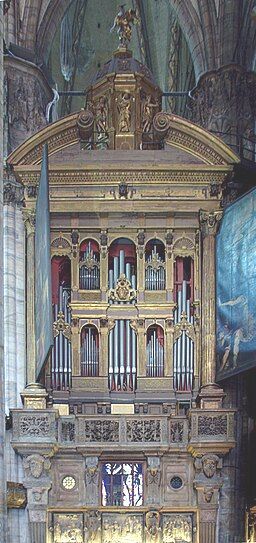Go to: Page 2
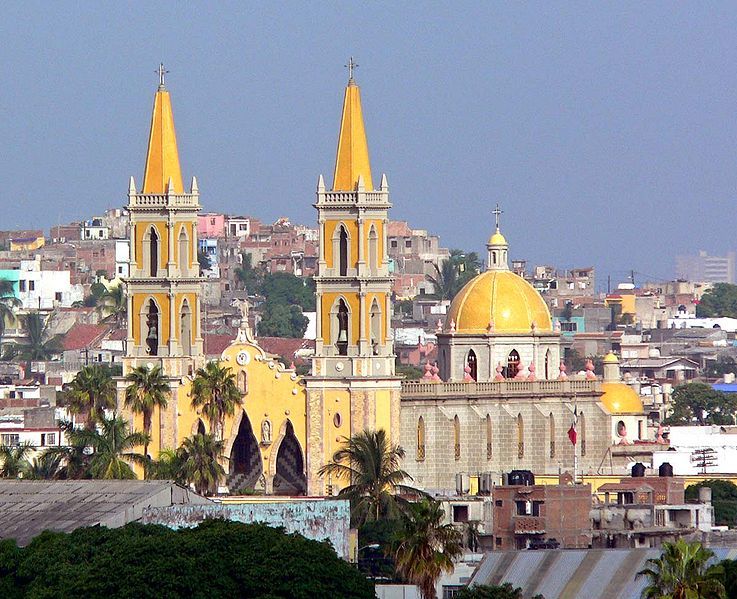
Cathedrals – Why are they so large?
Comments by Fred Schaeffer, OFS
From the Middle Ages onward, people had tremendous pride in their religion. They loved God, and the teaching that came forth from their Faith in God. In my case that is the Roman Catholic Church, and it’s teaching is found in the Holy Bible, and in the Catechism of the Catholic Church. Where churches were going to be built, the best architects came forth, the greatest building materials were sought, the finest craftspeople, and so forth. Let’s take a look at the Catholic Basilica in Washington, D.C.
“The Basilica of the National Shrine of the Immaculate Conception is the largest Roman Catholic church in North America and is among the ten largest churches in the world. With its unique blend of Romanesque-Byzantine architecture and sacred art, it is neither imitative or duplicative of any other sanctuary on earth.” From: Art and Architecture of the Basilica.
Many basilicas also serve as the cathedral for their diocese, but not all basilicas are cathedrals. Basilicas are designated as 'major' and 'minor' basilicas, and there are only four major basilicas, based on their historical significance to the pope and all are located in Rome
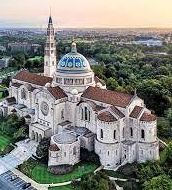

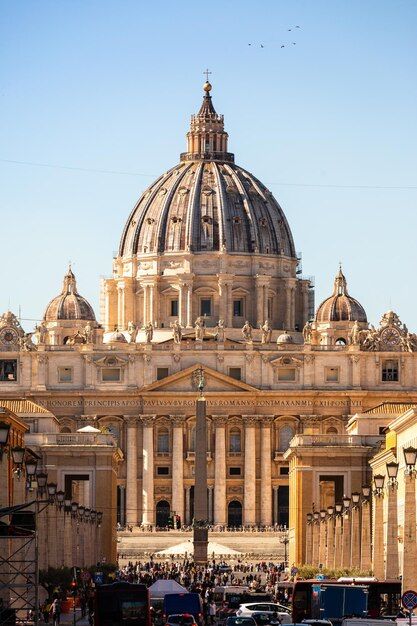
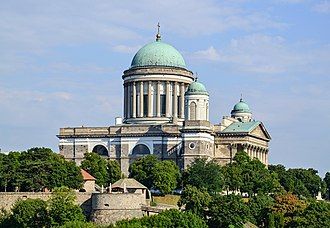
I've visited the Esztergom Basilica, and it is enormous, inside and out. /Fred S.
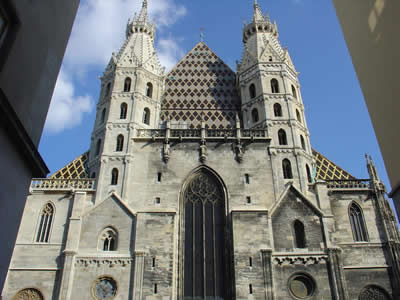
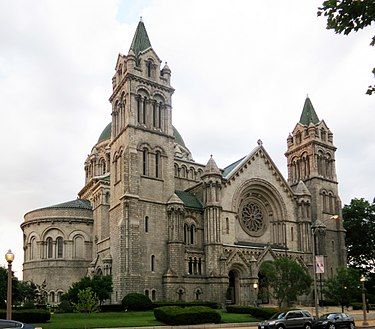

Another magnificent ediface, with an enormous stained glass window (see below); I've seen it. /Fred S.
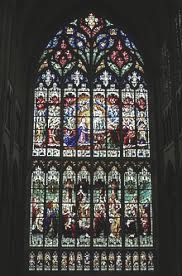
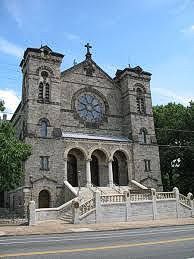

Miraculous Medal with text given to St. Catherine Labouré in 1830 by the Blessed Virgin Mary in an apparition at Rue du Bac, France.

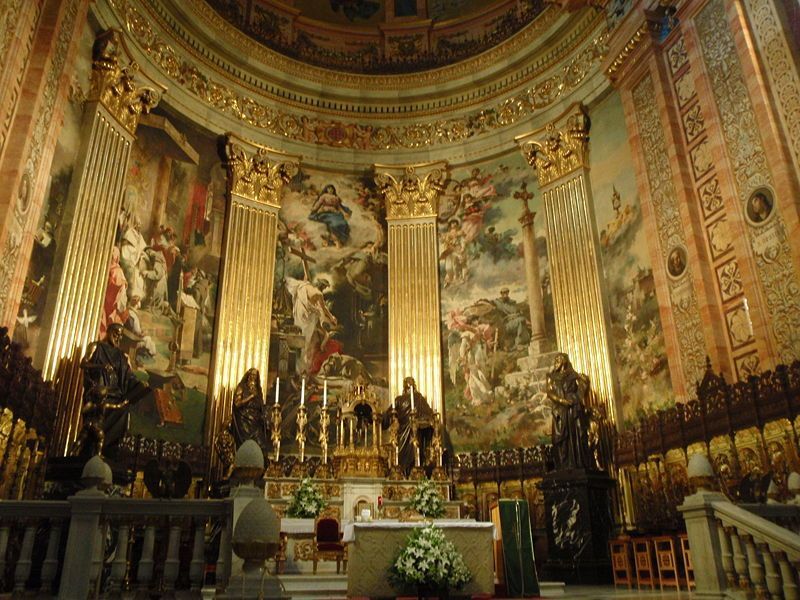
The building was erected on the plot previously occupied by a primitive Franciscan convent (according to tradition founded by the very same Francis of Assisi in 1217), demolished on the occasion upon orders by Charles III, who sought to build a new convent from scratch.[1] It was designed in a Neoclassic style in the second half of the 18th century, based on a design by Francisco Cabezas, developed by Antonio Pló, and completed by Francesco Sabatini. The church contains paintings by Zurbarán and Francisco Goya. The walls of the temple was painted in the 19th century. The temple once functioned as the National pantheon and enshrined the remains of famous artists and politicians. Today is an important tourism point.
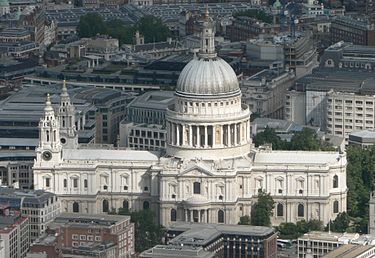
St Paul's Cathedral is an Anglican cathedral in London and is the seat of the Bishop of London. The cathedral serves as the mother church of the Diocese of London. It is on Ludgate Hill at the highest point of the City of London and is a Grade I listed building. Its dedication to Paul the Apostle dates back to the original church on this site, founded in AD 604.[1] The present structure, dating from the late 17th century, was designed in the English Baroque style by Sir Christopher Wren. Its construction, completed in Wren's lifetime, was part of a major rebuilding programme in the city after the Great Fire of London.[2] The earlier Gothic cathedral (Old St Paul's Cathedral), largely destroyed in the Great Fire, was a central focus for medieval and early modern London, including Paul's walk and St Paul's Churchyard, being the site of St Paul's Cross.
Minor Basilicas of the Sacred Heart







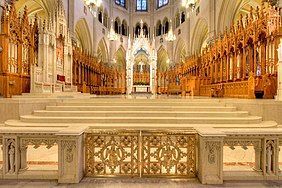
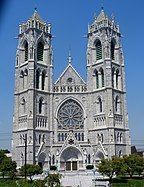
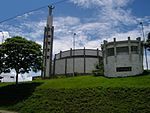

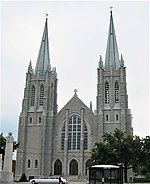
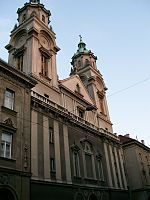

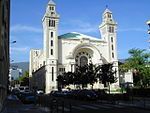
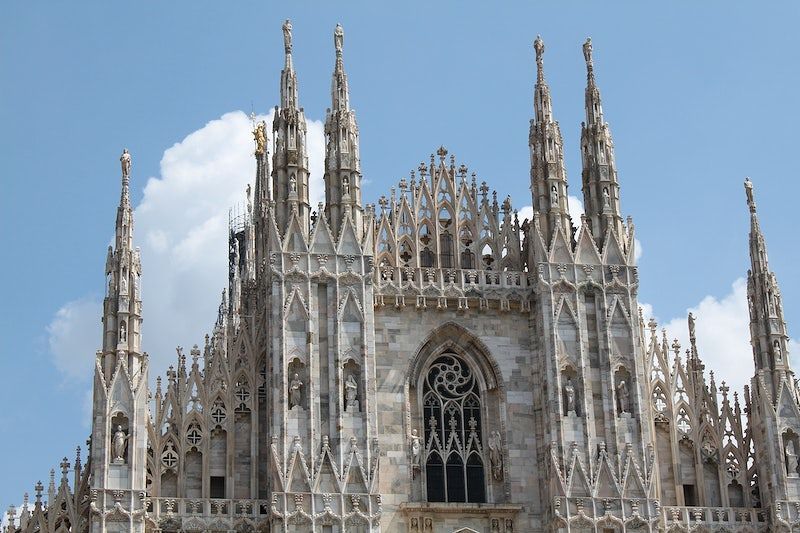
The Duomo story: https://www.duomomilano.it/en/infopage/the-cathedral/53/
